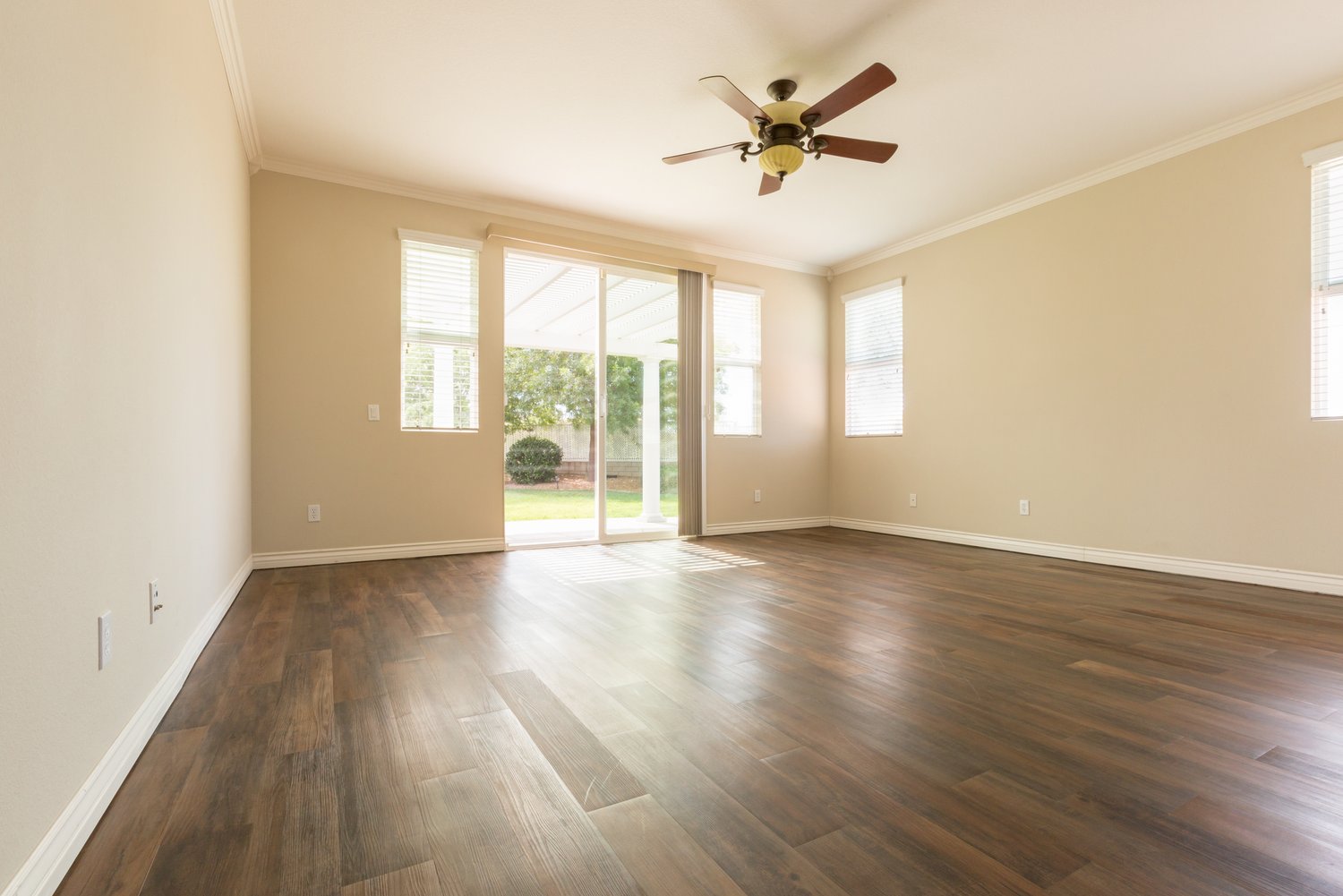Living in a multi-level home or apartment building often comes with the challenge of managing noise that travels between floors. Footsteps, dropped objects, or even normal conversations can create disturbances for those on lower levels. Effective soundproofing requires addressing both impact noise (footsteps, dropped items) and airborne sound (voices, music) that transmit through flooring systems. This article explores practical techniques and materials to create soundproof floors and minimize noise transmission, helping you create a more peaceful living environment for everyone in your household or building.
Understanding Floor Noise Transmission
Before implementing quiet flooring solutions, it’s important to understand how sound travels through floors. Floor noise transmission typically occurs in two ways: impact noise and airborne sound. Impact noise happens when an object strikes the floor surface, creating vibrations that travel through the structure. This includes footsteps, moving furniture, or dropping items. Airborne sound, such as voices or music, creates sound waves that can penetrate through floor materials. Most flooring systems without proper soundproofing will allow both types of noise to pass through, creating disturbances between levels.
The composition of your existing floor plays a significant role in how sound travels. Harder surfaces like tile, laminate, or hardwood tend to reflect and transmit more impact noise compared to carpeted surfaces. Similarly, thin floors without adequate insulation provide little resistance to airborne sound. Understanding these principles helps in selecting the appropriate methods to reduce noise between floors effectively.
Acoustic Underlayment Options
One of the most effective ways to soundproof floors is by installing acoustic underlayment beneath your flooring material. These specialized underlayments are designed to absorb impact noise and reduce vibrations before they can transfer to the structure below. Cork underlayment is a natural option that provides excellent acoustic properties while being environmentally friendly. It’s relatively thin but highly effective at dampening impact noise.
Rubber underlayment offers superior impact sound reduction and is particularly effective under hardwood or laminate flooring. Made from recycled rubber materials, these underlayments can significantly reduce noise transmission while providing additional benefits like moisture resistance. Foam underlayments are another popular choice, offering a good balance between cost and performance. They’re typically easier to install and work well under laminate, engineered wood, or luxury vinyl flooring.
For maximum noise reduction, consider composite acoustic underlayments that combine multiple materials for enhanced performance. These multi-layer solutions, as recommended by professionals at AskHomey, often incorporate rubber, foam, and fiber materials to address both impact and airborne noise simultaneously, making them ideal for comprehensive soundproof floors.
Structural Solutions for Soundproofing
Beyond underlayment, structural modifications can significantly enhance floor soundproofing. One effective approach is to create a floating floor system. This involves installing a new subfloor that “floats” on top of the existing floor structure, separated by isolation materials. The air gap and decoupling effect prevents direct transmission of vibrations between the floors.
Adding mass to your floor structure can also improve soundproofing performance. Materials like acoustic floor mats or mass-loaded vinyl installed beneath your flooring add density that blocks airborne sound transmission. For renovations with more flexibility, installing sound isolation clips and channels before adding a new layer of drywall to the ceiling below can dramatically reduce noise transfer by decoupling the ceiling from the floor structure above.
In existing homes where major renovations aren’t practical, consider ceiling treatments in the room below. Installing acoustic ceiling panels or a dropped ceiling with insulation can help absorb sound that would otherwise transmit through the floor above, providing a less invasive solution to reduce noise between floors.
Flooring Materials That Reduce Noise
Your choice of flooring material significantly impacts noise transmission. Carpet remains one of the most effective quiet flooring solutions, particularly when paired with a quality pad underneath. The soft surface absorbs impact noise rather than reflecting it through the structure. For those who prefer hard surfaces, cork flooring offers natural sound-dampening properties while providing the look of hardwood.
Luxury vinyl plank (LVP) with integrated acoustic backing has become increasingly popular for soundproofing floors. These products combine the durability and appearance of traditional hard flooring with built-in noise reduction properties. Similarly, engineered hardwood with cork or rubber backing provides the aesthetic of real wood with improved acoustic performance.
If replacing your flooring isn’t an option, area rugs placed strategically on existing hard surfaces can significantly reduce impact noise. Thick, dense rugs with quality pads underneath can absorb footsteps and other impacts, making this a cost-effective addition to your soundproofing strategy.
Maintenance and Long-Term Considerations
Maintaining the integrity of your soundproofing materials is essential for continued noise reduction. Regular inspection of underlayment and flooring can identify areas where soundproofing may have been compromised. Address any gaps, cracks, or compressed areas promptly to maintain effective sound isolation.
When planning future renovations or flooring updates, factor in acoustic performance alongside aesthetic and durability considerations. The investment in quality acoustic materials typically pays dividends in comfort and livability. Additionally, effective soundproofing can increase property value, particularly in multi-unit buildings where noise concerns often impact buyer or renter decisions.
For more tips and to connect with reliable home service professionals, follow AskHomey on Facebook and Instagram.



